Frequently Asked Questions about Destructive Testing and Mold Remediation Services
What does destructive testing mean to JLS Environmental Services?
Destructive testing involves uncovering or removing parts of a building—such as walls, floors, or ceilings—to reveal hidden issues that cannot be detected during a standard visual inspection. Unlike routine visual checks, this type of testing may involve taking out small sections of drywall, flooring, or other building materials to reveal what’s going on behind the surface.
Why is destructive testing important?
Destructive testing is important because hidden damage can worsen—and become more expensive—if left unchecked. This testing gives property owners a complete picture of what is happening behind the surface of their home. By uncovering the root cause of problems, destructive testing helps prevent recurring issues and allows repairs to address the source rather than just the symptoms. It can also provide documentation to support insurance claims, giving you confidence that you will receive the coverage you need.
What are the types of destructive testing that JLS performs?
We perform destructive testing to uncover hidden issues and to pinpoint the source of the problem which can’t be confirmed through usual visual inspections. Common destructive testing we perform include:
- Mold Investigations: Opening pieces of walls, ceilings, and floors to determine the cause, presence and depth of mold growth, including any hidden growth areas.
- Water Intrusions: Identifying how and where water entered the home and to ensure all damaged areas are uncovered before remediation begins.
- Roof Failures: We carefully expose roof sections to trace leaks, moisture damage, or construction defects to create a proper remediation plan.
- Stucco Failures: Removing small pieces of stucco to check for trapped moisture, rot, improper installation, cracking, and poor drainage to uncover the root of the problem and prevent further mold and water damage.
What happens during a mold inspection?
A mold inspection consists of a multipoint process to detect and evaluate the depth of the mold infestation. Since mold can grow in hidden areas, behind walls and under flooring, a visual inspection is not sufficient. As such the inspector will:
- Conduct a Visual Examination: They will look for unmistakable signs of mold or water damage such as water stains, discoloration, moisture damage, mold on any surfaces. They will also check in hidden spaces such as behind appliances and inside cabinets.
- Use Specialized Equipment: Inspectors will then continue with their inspection by using moisture meters and thermal imaging cameras to find areas of elevated moisture that could promote mold growth
- Collect Samples: If deemed necessary, inspectors will collect air samples, surface swabs, or material samples to send to accredited laboratories to determine the type and concentration of mold present. This will be done in a safe manner to avoid spreading spores to noncontaminated areas of the house.
- Provide Documentation & Reports: All the inspectors’ findings will be documented with photos of all visual evidence, moisture readings and sample reports. Using this a detailed report will be collated to show affected areas, causes and remediation steps to be taken to correct the root of the problem.
How is destructive testing done safely:
Considering that opening walls or floors can release dust, mold spores, and other contaminants, JLS uses professional containment methods to keep the work area safe. This ensures that the testing process doesn’t spread contaminants to unaffected areas of your home.
What is the Mold Remediation Process?
Remediation is the process of safely removing the mold and restoring the affected area to a safe and healthy space. The typical remediation process includes:
- Containment: The affected area will be sealed off with barriers and negative air pressure to prevent the mold spores from spreading to unaffected areas.
- Removal of Contaminated Materials: The moldy materials such as drywall, insulation and carpets are carefully removed and disposed of according to safety regulations.
- Cleaning and Disinfection: Non-porous surfaces that can be salvaged are cleaned with specialized antimicrobial agents to remove mold spores and more importantly to prevent regrowth.
- Drying and Moisture Control: Most importantly the underlying moisture problem must be fixed in order to prevent future mold growth. This will be done through the use of dehumidifiers and fans to eliminate excess moisture before damaged materials are replaced and the area is restored to its original condition.
- Final Inspection and Clearance: An inspector will perform clearance testing to ensure that the moisture levels are under control and that all mold has been removed to ensure the space is safe for occupancy.
